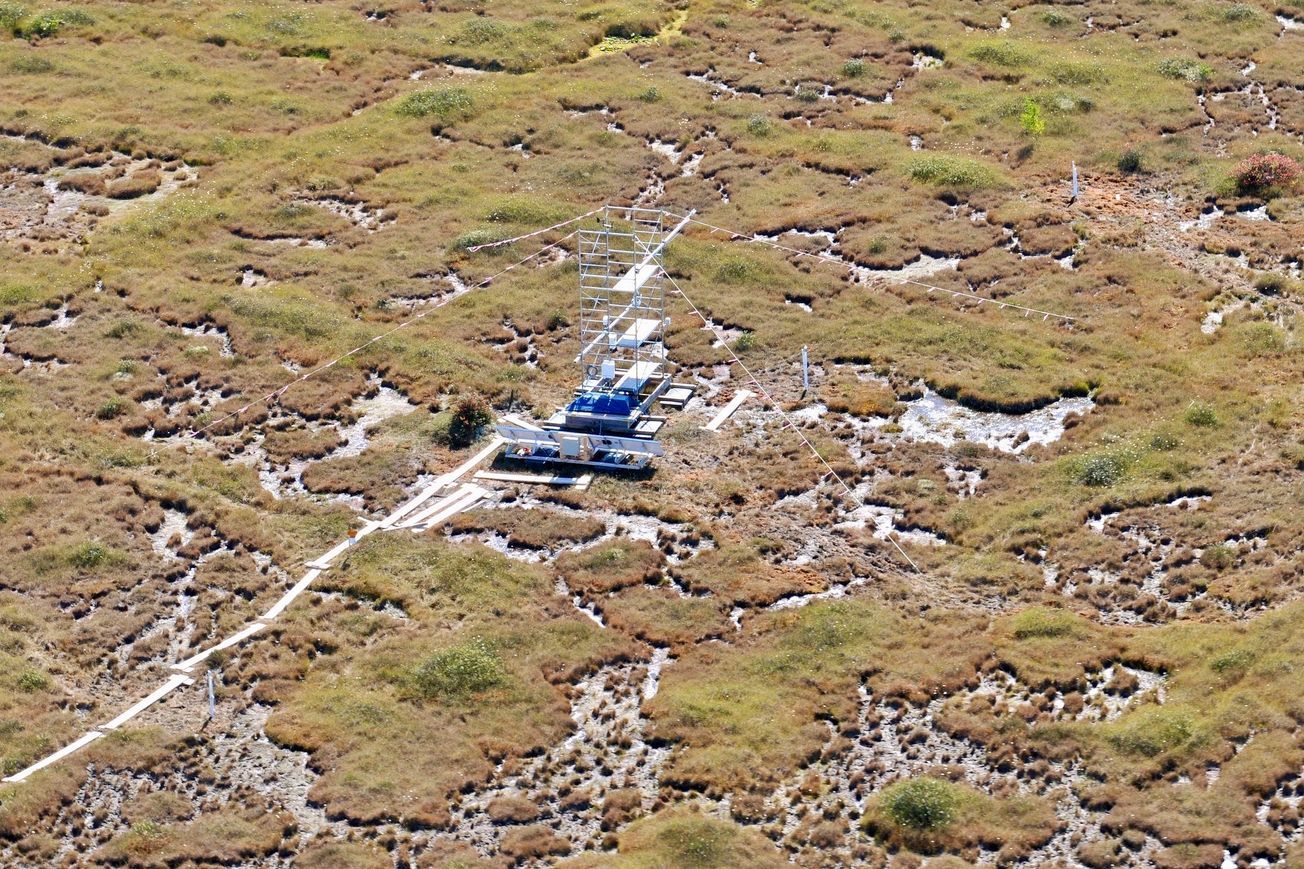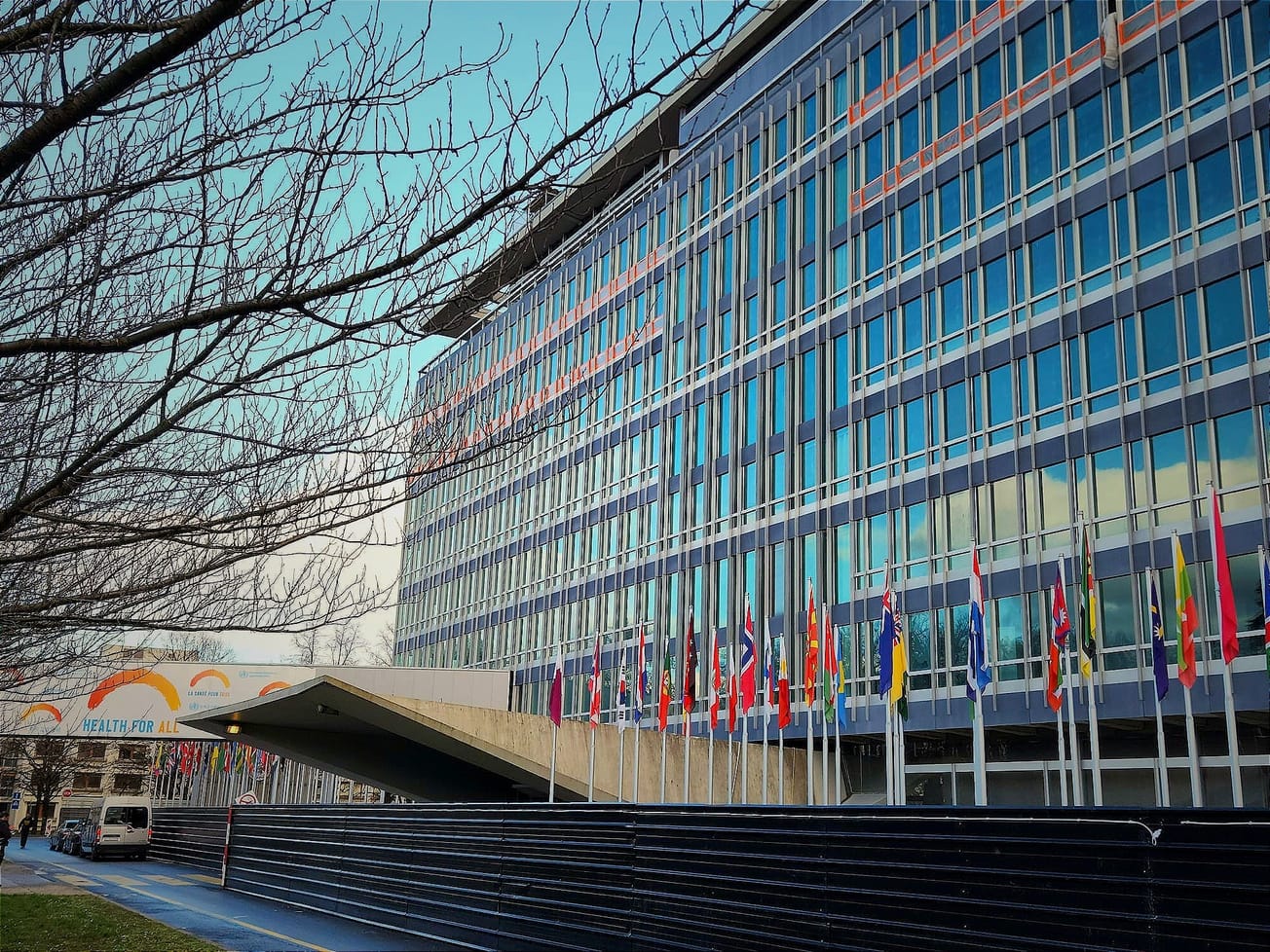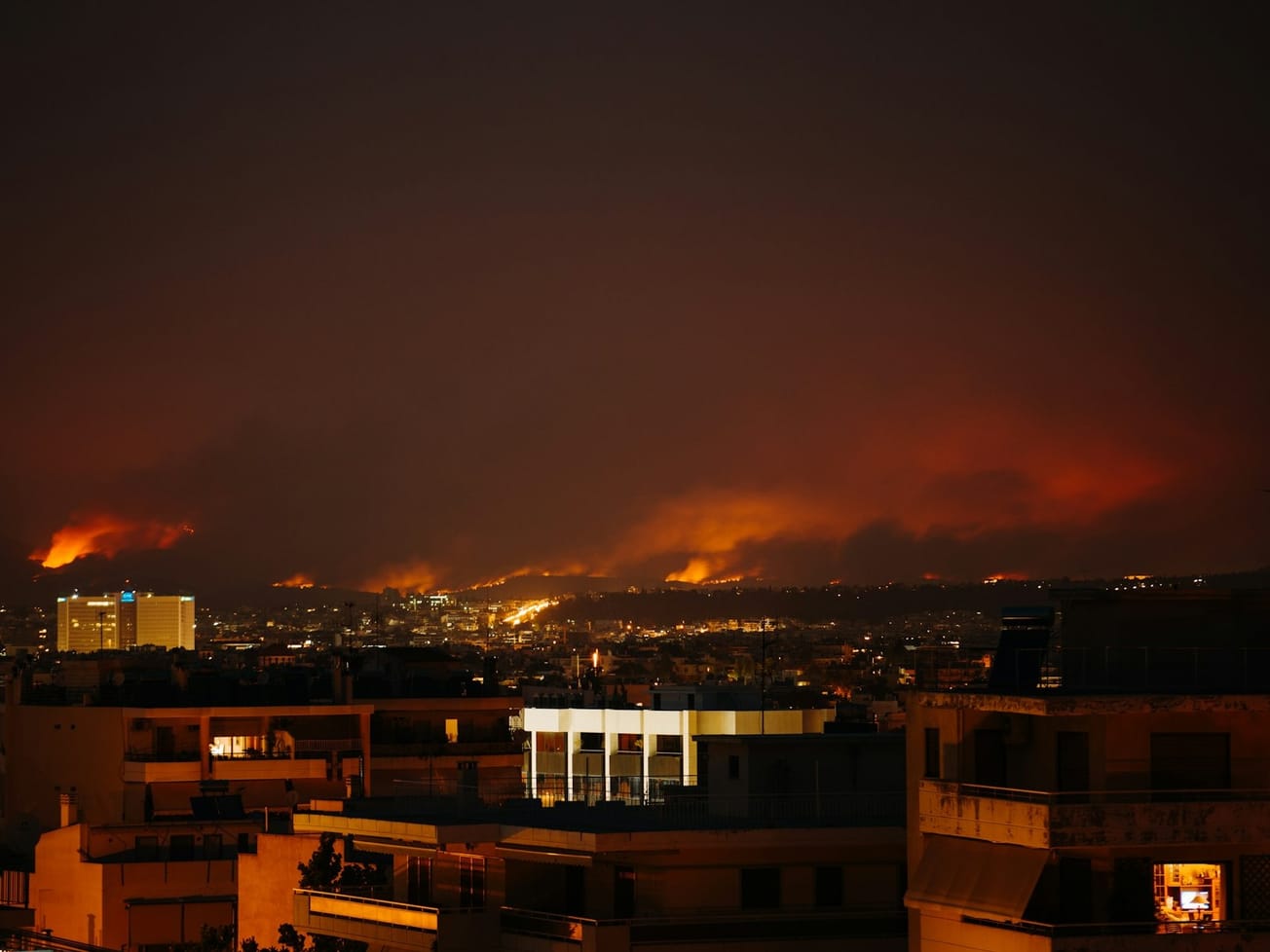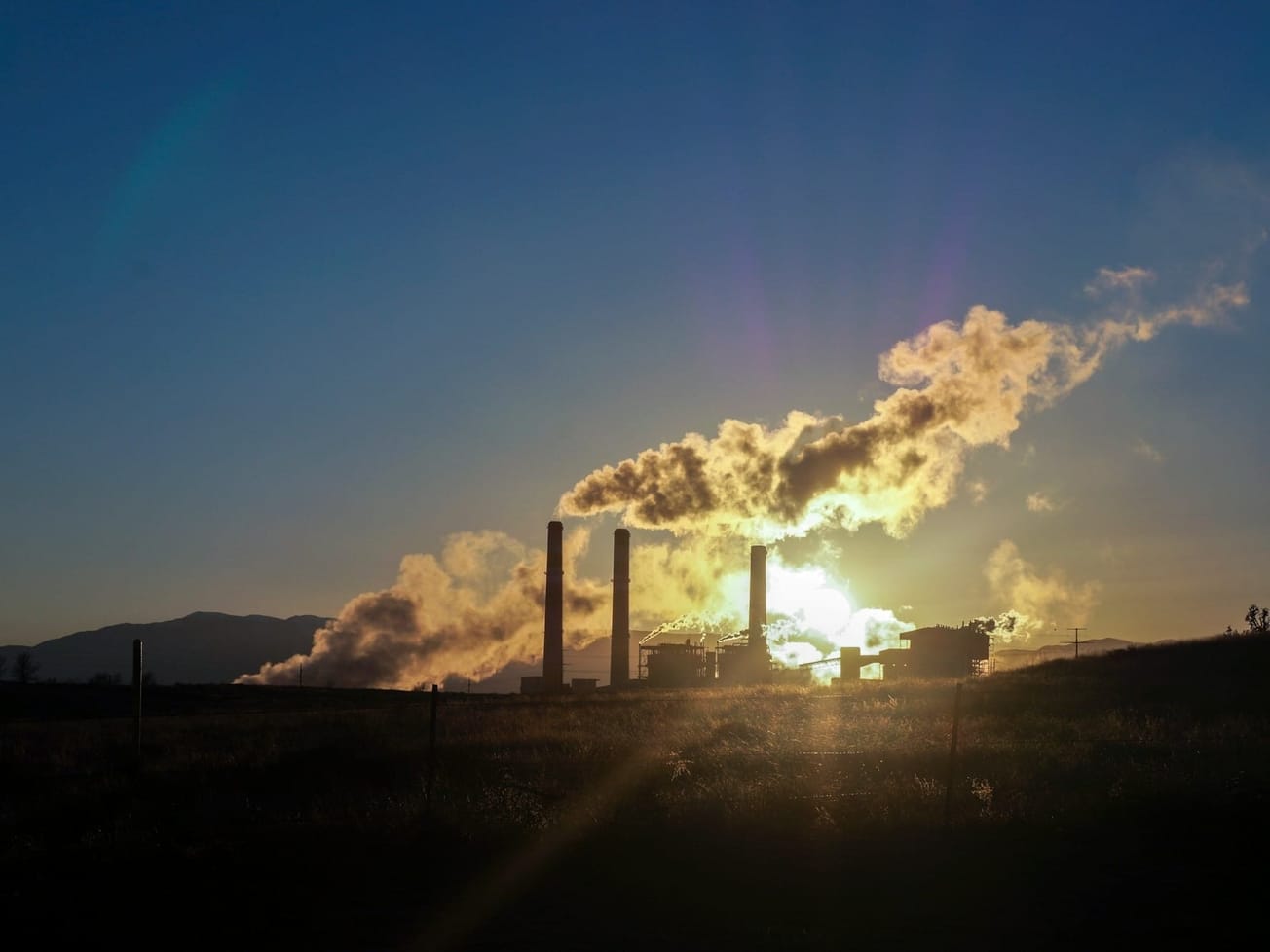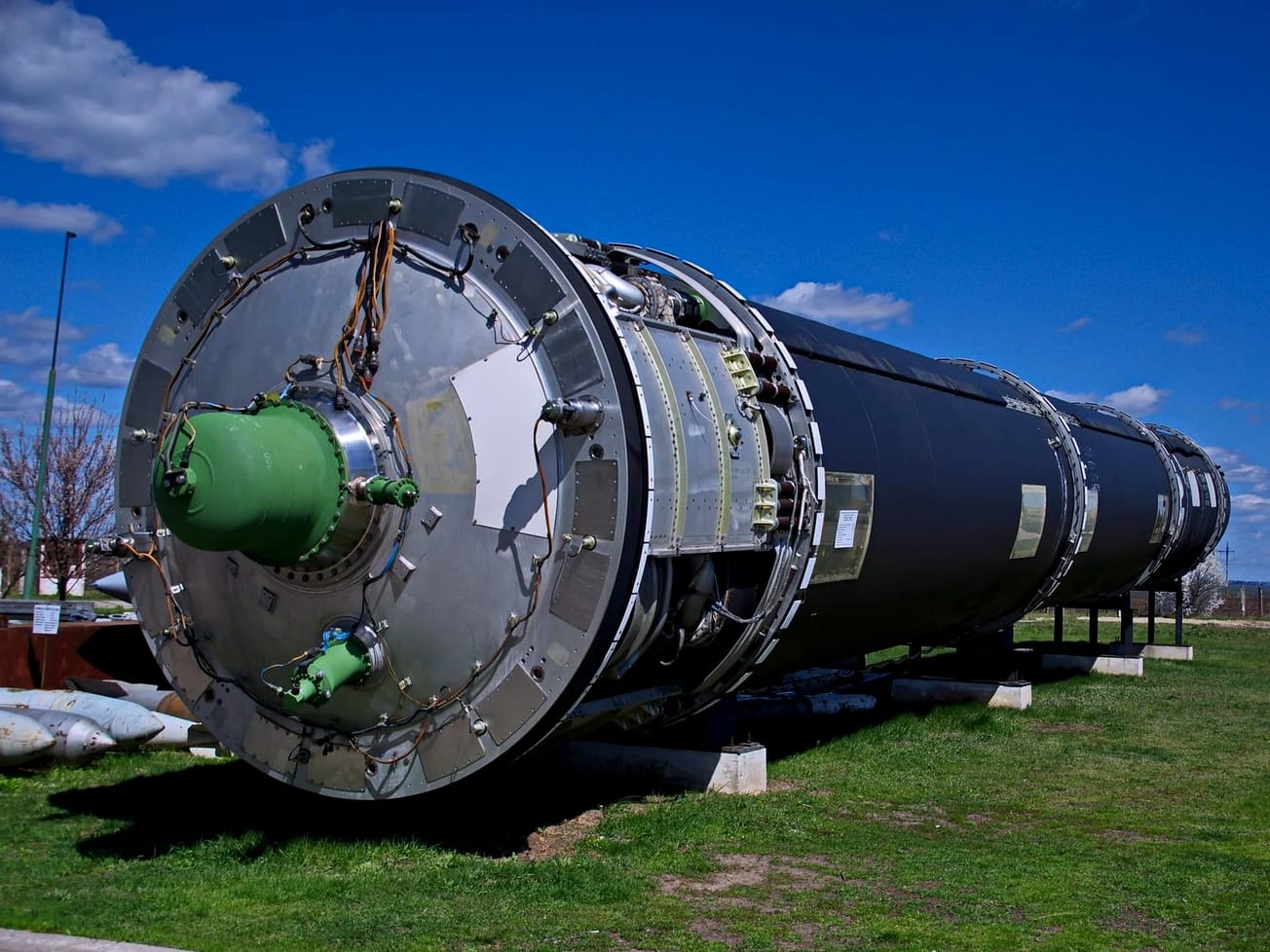GENEVA (AN) – Atmospheric levels of carbon dioxide, methane and nitrous oxide reached new record highs last year that included the largest yearly jump in methane concentrations ever measured, the United Nations weather agency reported.
The World Meteorological Organization's latest Greenhouse Gas Bulletin released on Wednesday showed that among the three main atmospheric heat-trapping gases, the jump in methane concentrations from 2020 to 2021 was the largest since systematic measurements began nearly 40 years ago.
It's unclear what happened: WMO attributes it to biological and human-induced processes. But the pace of acceleration threatens the fight against climate change.
“The continuing rise in concentrations of the main heat-trapping gases, including the record acceleration in methane levels, shows that we are heading in the wrong direction,” said WMO Secretary-General Petteri Taalas, a Finnish meteorologist.
The climate warming effect known as radiative forcing, caused by greenhouse gases, rose almost 50% between 1990 and 2021, WMO said, with CO₂ accounting for about 80% of the increase.
Last year, CO₂ concentrations in the world's atmosphere were at 415.7 parts per million, or 149% above pre-industrial levels, roughly going back to the year 1750.
Methane stood at 1908 parts per billion, or 262% above when humans began disrupting nature's atmospheric equilibrium. Nitrous oxide was at 334.5 ppb, or 124% higher.
In yet another ominous climate change warning, atmospheric levels of the three main greenhouse gases -- carbon dioxide, methane and nitrous oxide -- have reached new highs. This means our planet will continue to warm.
— World Meteorological Organization (@WMO) October 26, 2022
🔗https://t.co/aCJ2WOsLJJ#StateOfClimate #COP27 pic.twitter.com/ywcveodD4A
"Bending the curve" but not enough
After carbon dioxide emissions – which account for about three-quarters of the planet's heat-trapping gases that are causing a rise in sea levels, widespread glacial melt and changing weather patterns – atmospheric methane is the second biggest heat-trapping gas that contributes to climate change. It has a shorter life span than CO₂, but is more effective at trapping heat.
Global averages for atmospheric methane have been accelerating since 2007, mostly likely driven by wetlands, rice paddies and other biogenic sources, according to WMO.
Also Wednesday, a new U.N. analysis showed 193 nations' climate action plans will collectively fail to meet the goal of the 2015 Paris Agreement in limiting global temperature rise to 1.5 degrees Celsius by the end of the century.
The analysis by U.N. Climate Change said the climate action plans, known as nationally determined contributions, are "bending the curve" of greenhouse gas emissions downward, but not nearly enough.
The plans account for 94.9% of where total global greenhouse gas emissions stood in 2019. Emissions will likely increase by 10.6% by 2030 above 2010 levels, the analysis said, down from the 13.7% estimate last year.
🆕 UN Climate Change report 🆕
— UN Climate Change (@UNFCCC) October 26, 2022
A new report summarizing countries' national climate plans (#NDCs) shows that current commitments remain insufficient to limit global temperature rise to 1.5°C by the end of the century.#COP27 | #ClimateCrisis
Our off-track world
The combined climate pledges will likely put the world on track for 2.5 degrees Celsius of warming, a full degree higher than the Paris treaty goal, said the Bonn, Germany-based U.N. Climate Change.
“The downward trend in emissions expected by 2030 shows that nations have made some progress this year,” said Simon Stiell, executive secretary of U.N. Climate Change.
“But the science is clear and so are our climate goals under the Paris Agreement. We are still nowhere near the scale and pace of emission reductions required to put us on track toward a 1.5 degrees Celsius world," he said. "To keep this goal alive, national governments need to strengthen their climate action plans now and implement them in the next eight years.”
Its analysis was released less than two weeks before the next U.N. annual climate summit, known as COP27, gets underway on Nov. 6 in Egypt's Red Sea resort of Sharm El-Sheikh.
Egypt's Foreign Minister Sameh Shoukry, COP27's president-designate, said the data show just how "off-track" the world is in trying to reach the 1.5 degree goal.
“This is a sobering moment and we are in a race against time," he said. Several of those who are expected to do more, are far from doing enough, and the consequences of this is affecting lives and livelihoods across the globe."

